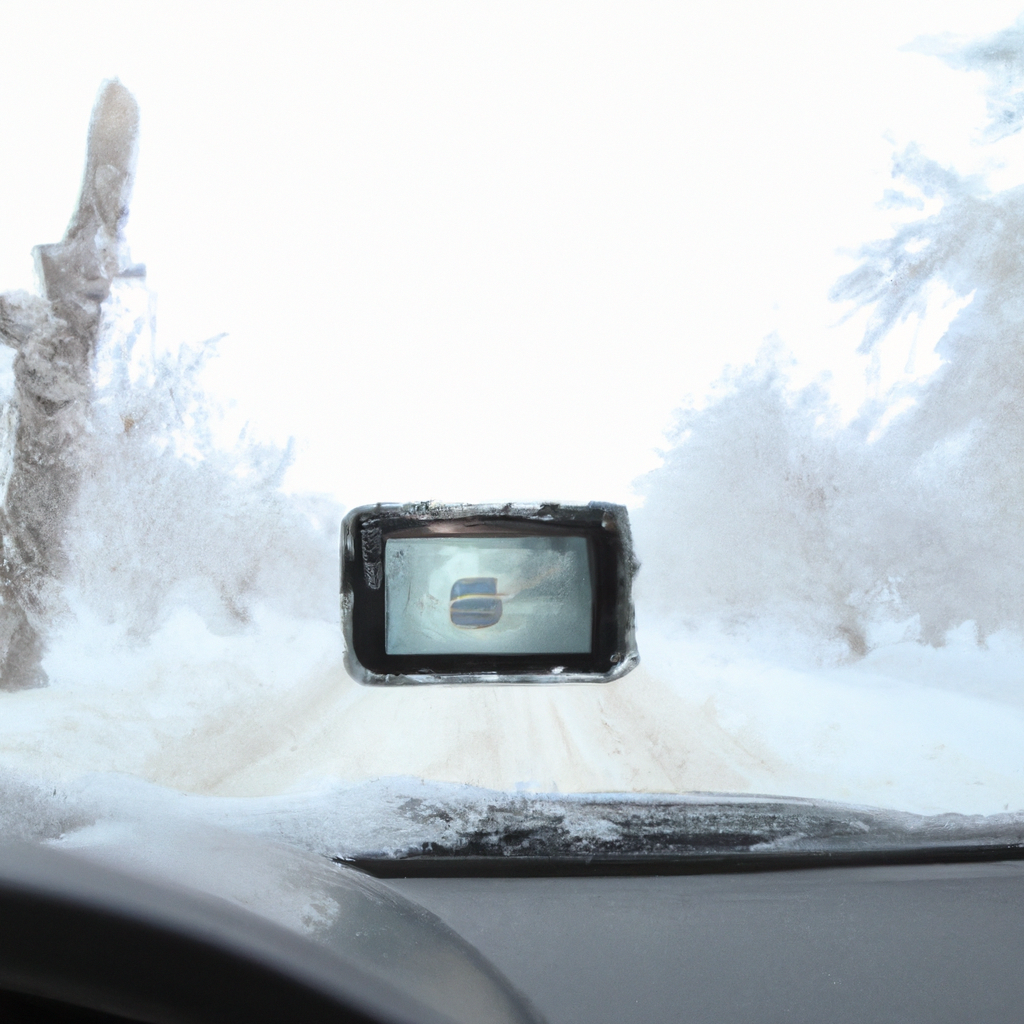-
Table of Contents
- Introduction
- How to Choose the Right Dashcam for Cold Weather Conditions
- The Benefits of Having a Dashcam in Cold Weather
- What Features Should You Look for in a Dashcam for Cold Weather?
- How to Protect Your Dashcam from Freezing Temperatures
- Tips for Maintaining Your Dashcam in Cold Weather Conditions
“Stay safe and warm with the perfect dashcam for cold weather conditions!”
Introduction
Dashcams are becoming increasingly popular for drivers who want to record their journeys for safety and security reasons. However, when it comes to cold weather conditions, not all dashcams are created equal. In order to ensure that your dashcam is up to the task of recording in cold weather, there are certain features and specifications that you should look for. This guide will provide an overview of what to look for in a dashcam for cold weather conditions, so that you can make an informed decision when purchasing one.
How to Choose the Right Dashcam for Cold Weather Conditions
When choosing a dashcam for cold weather conditions, there are several important factors to consider. First, the dashcam should be able to withstand extreme temperatures. Look for a dashcam that is rated for temperatures as low as -20°C (-4°F). This will ensure that the camera will not malfunction in cold weather.
Second, the dashcam should have a wide dynamic range (WDR) feature. This feature allows the camera to capture clear images in both bright and dark conditions. This is especially important in cold weather, as the sun can be very bright during the day and the darkness of night can be very dark.
Third, the dashcam should have a good night vision feature. This will allow the camera to capture clear images even in low light conditions. Look for a dashcam with infrared (IR) LEDs that can illuminate the area in front of the camera.
Fourth, the dashcam should have a good motion detection feature. This will allow the camera to detect any movement in front of the camera and start recording. This is especially important in cold weather, as it can help to capture any unexpected events.
Finally, the dashcam should have a good battery life. Look for a dashcam that can last for at least 8 hours on a single charge. This will ensure that the camera will be able to record for long periods of time in cold weather.
By considering these factors, you can ensure that you choose the right dashcam for cold weather conditions.
The Benefits of Having a Dashcam in Cold Weather
Dashcams are becoming increasingly popular as a way to record and monitor driving activity. In cold weather, they can be especially beneficial. Dashcams are designed to withstand extreme temperatures, making them ideal for use in cold climates. Here are some of the benefits of having a dashcam in cold weather.
First, dashcams can help protect drivers from liability in the event of an accident. In cold weather, roads can become slippery and icy, making it difficult to control a vehicle. With a dashcam, drivers can have evidence of what happened in the event of an accident, which can be used to prove their innocence.
Second, dashcams can help drivers stay safe in cold weather. Dashcams can record any potential hazards on the road, such as icy patches or debris. This can help drivers avoid dangerous situations and stay safe on the road.
Third, dashcams can help drivers monitor their vehicles in cold weather. Dashcams can record any potential problems with the vehicle, such as low tire pressure or engine problems. This can help drivers identify any potential issues before they become serious.
Finally, dashcams can help drivers save money in cold weather. Dashcams can record any potential problems with the vehicle, such as low tire pressure or engine problems. This can help drivers identify any potential issues before they become serious, which can save them money on repairs.
Overall, dashcams can be a great asset in cold weather. They can help protect drivers from liability, keep them safe on the road, and help them save money on repairs. For these reasons, having a dashcam in cold weather is a smart choice.
What Features Should You Look for in a Dashcam for Cold Weather?
When shopping for a dashcam for cold weather, there are several features to consider.
First, look for a dashcam with a wide temperature range. This will ensure that the camera can withstand extreme temperatures, both hot and cold. The camera should be able to operate in temperatures as low as -20°C (-4°F).
Second, look for a dashcam with a built-in heater. This will help keep the camera warm and prevent it from freezing in cold temperatures.
Third, look for a dashcam with a waterproof rating. This will ensure that the camera is protected from rain, snow, and other forms of precipitation.
Fourth, look for a dashcam with a wide-angle lens. This will allow you to capture more of the road in front of you, which is especially important in winter when visibility can be reduced due to snow and ice.
Finally, look for a dashcam with a night vision mode. This will allow you to record footage in low-light conditions, which is important for driving in the dark during winter months.
By considering these features, you can ensure that you purchase a dashcam that is suitable for cold weather conditions.
How to Protect Your Dashcam from Freezing Temperatures
In cold climates, it is important to take extra precautions to protect your dashcam from freezing temperatures. Dashcams are designed to operate in a wide range of temperatures, but extreme cold can cause them to malfunction or even become damaged. Here are some tips to help protect your dashcam from freezing temperatures:
1. Park your car in a garage or other sheltered area. This will help keep the temperature inside your car more consistent and reduce the risk of your dashcam freezing.
2. Use a battery-powered dashcam. Battery-powered dashcams are designed to operate in cold temperatures and are less likely to freeze than those that are powered by the car’s electrical system.
3. Use a thermal insulation pad. Thermal insulation pads are designed to keep your dashcam warm and protect it from freezing temperatures.
4. Keep your dashcam away from direct sunlight. Direct sunlight can cause the temperature inside your car to rise quickly, which can cause your dashcam to overheat and freeze.
5. Check the temperature rating of your dashcam. Different dashcams have different temperature ratings, so make sure you check the manufacturer’s specifications to ensure your dashcam is suitable for the temperatures you will be driving in.
By following these tips, you can help protect your dashcam from freezing temperatures and ensure it continues to operate correctly.
Tips for Maintaining Your Dashcam in Cold Weather Conditions
1. Keep Your Dashcam Battery Warm: Cold weather can cause your dashcam battery to drain quickly. To prevent this, keep your dashcam battery warm by storing it in a warm place, such as your car’s glove compartment.
2. Use a Heated Windshield Mount: If you live in an area with cold weather, consider investing in a heated windshield mount for your dashcam. This will help keep your dashcam warm and prevent it from freezing up.
3. Keep Your Dashcam Clean: Cold weather can cause dirt and debris to accumulate on your dashcam lens, which can reduce the quality of your recordings. To prevent this, make sure to regularly clean your dashcam lens with a soft, dry cloth.
4. Check Your Dashcam’s Firmware: Cold weather can cause your dashcam’s firmware to become outdated. To ensure that your dashcam is running the latest version of its firmware, check for updates regularly.
5. Use a Dashcam Cover: If you’re not using your dashcam, consider investing in a dashcam cover. This will help protect your dashcam from the cold weather and keep it in good condition.
Thanks for visiting Dashcam Installation Australia.




